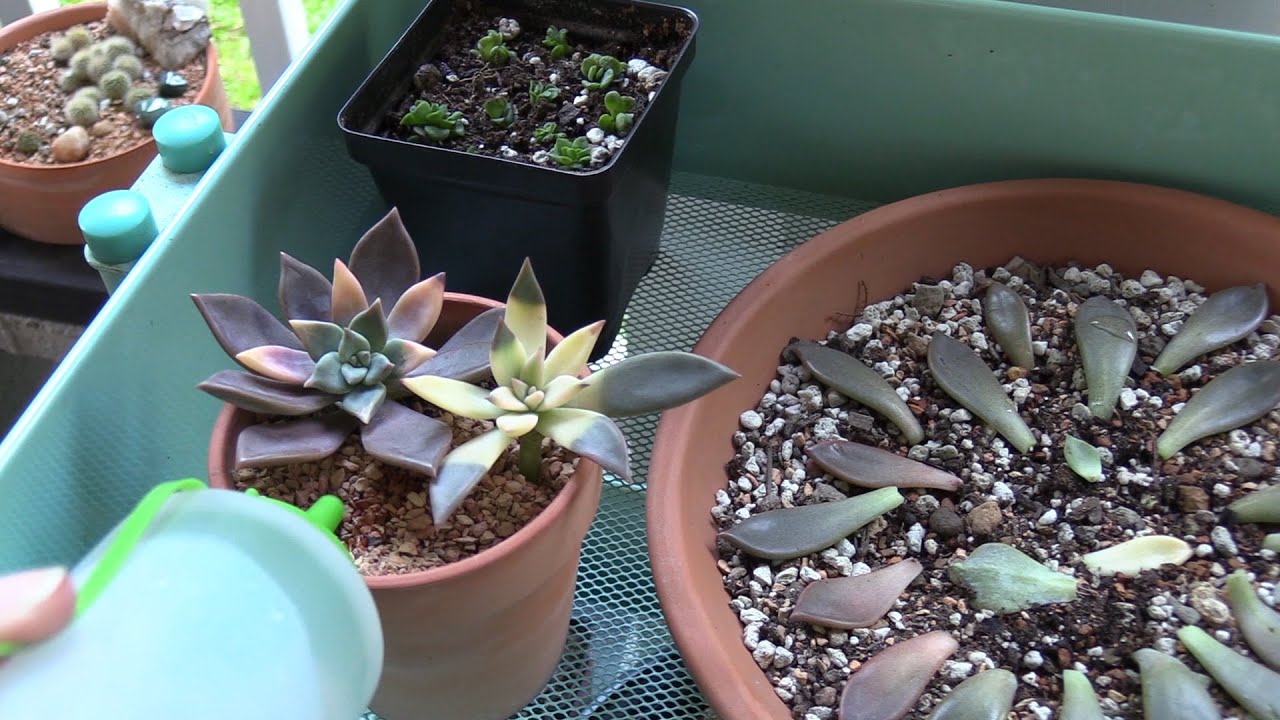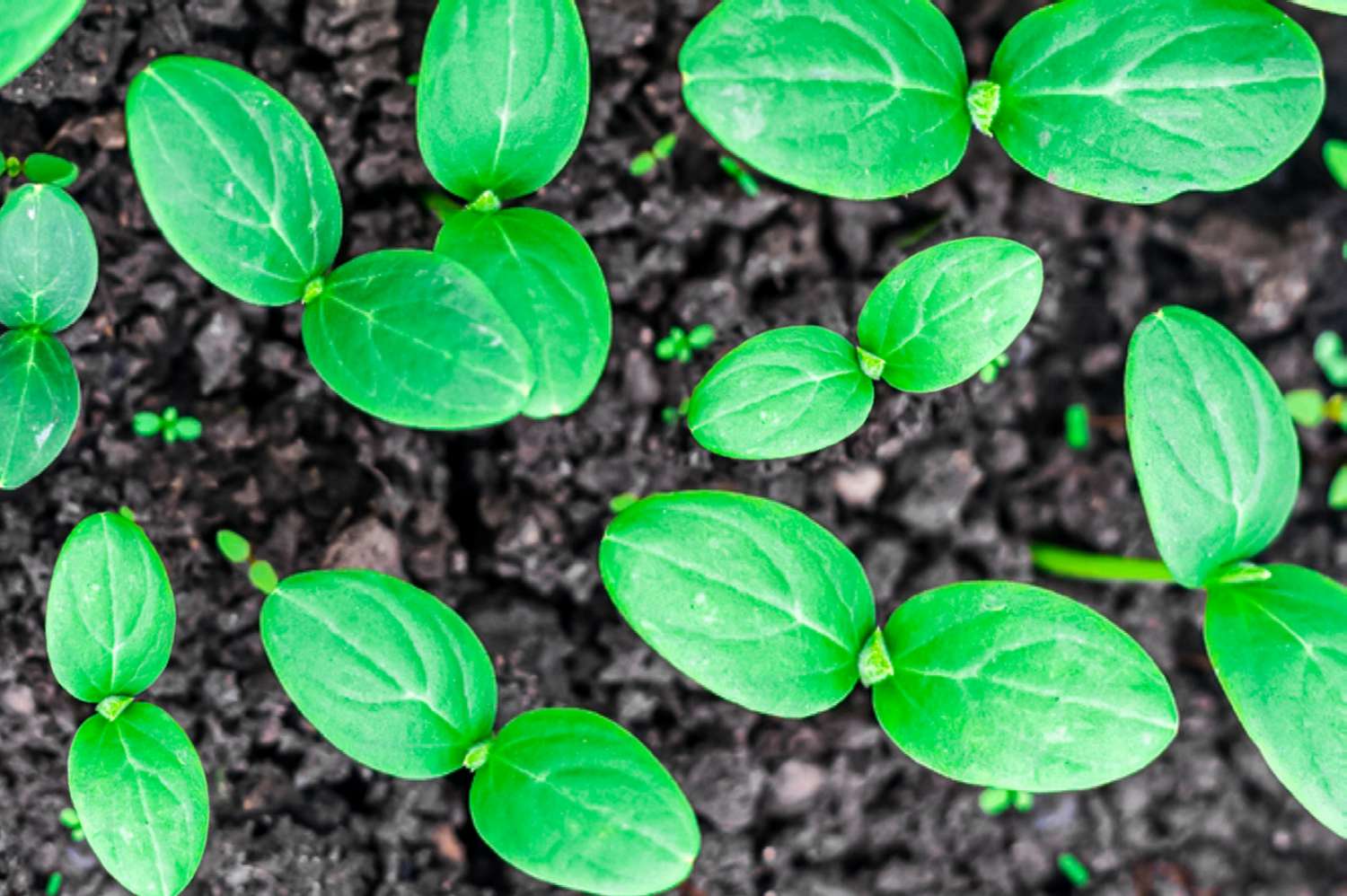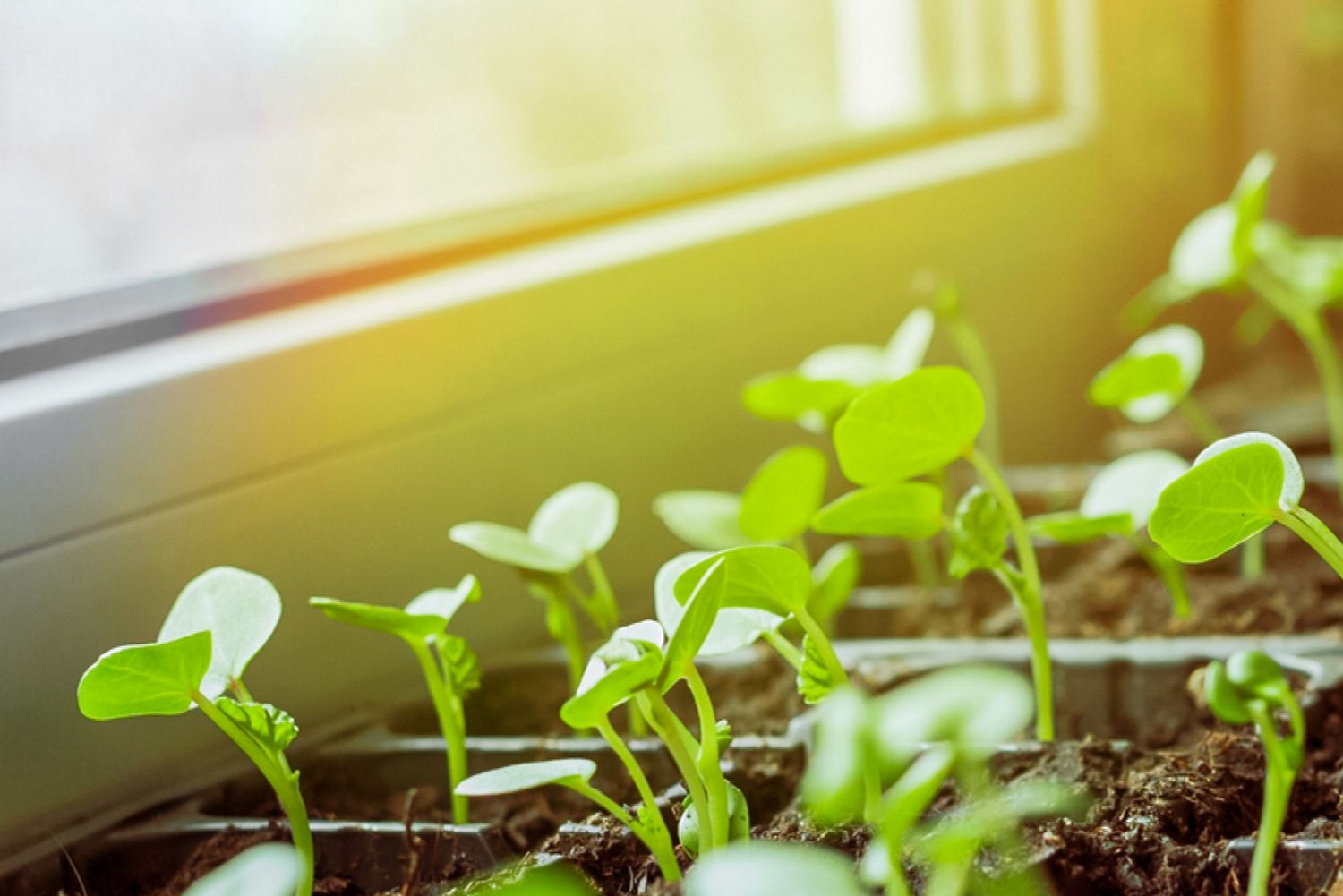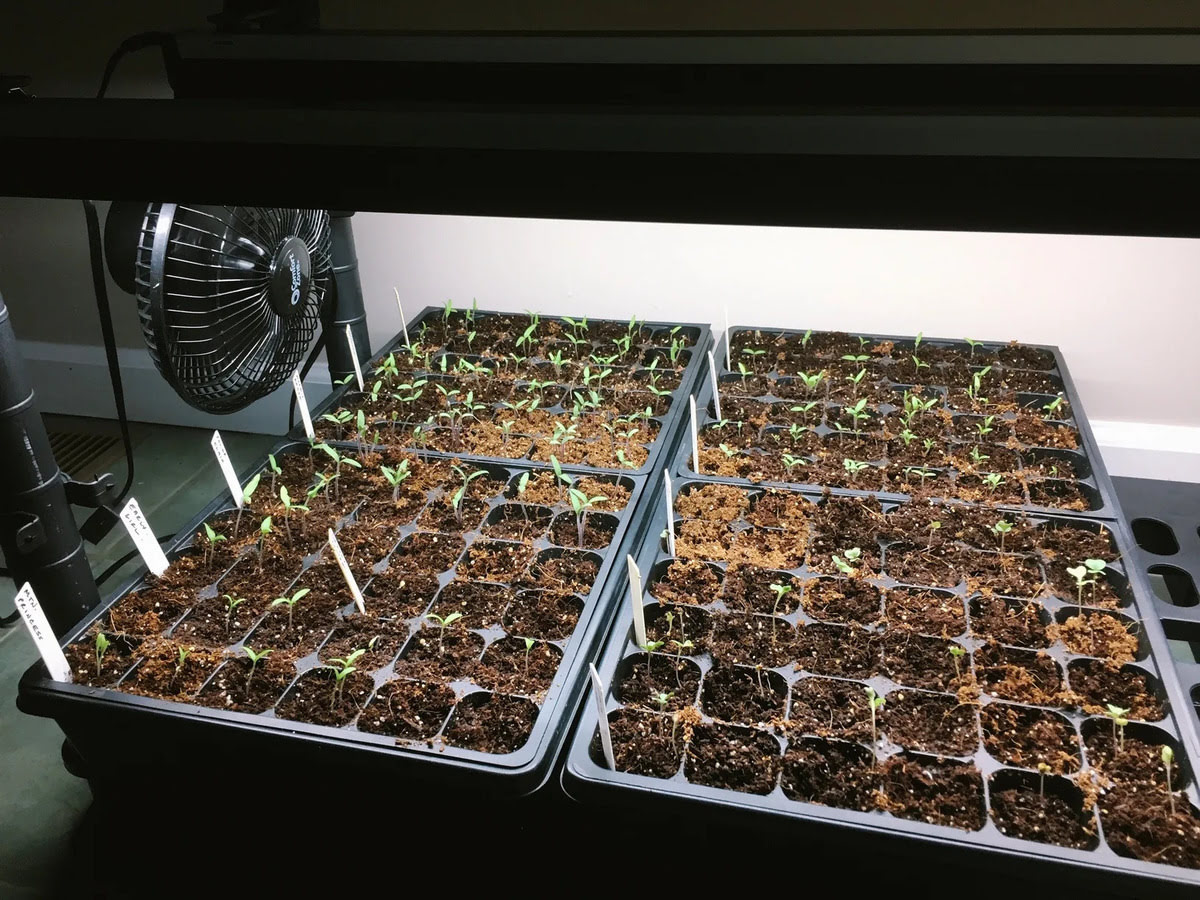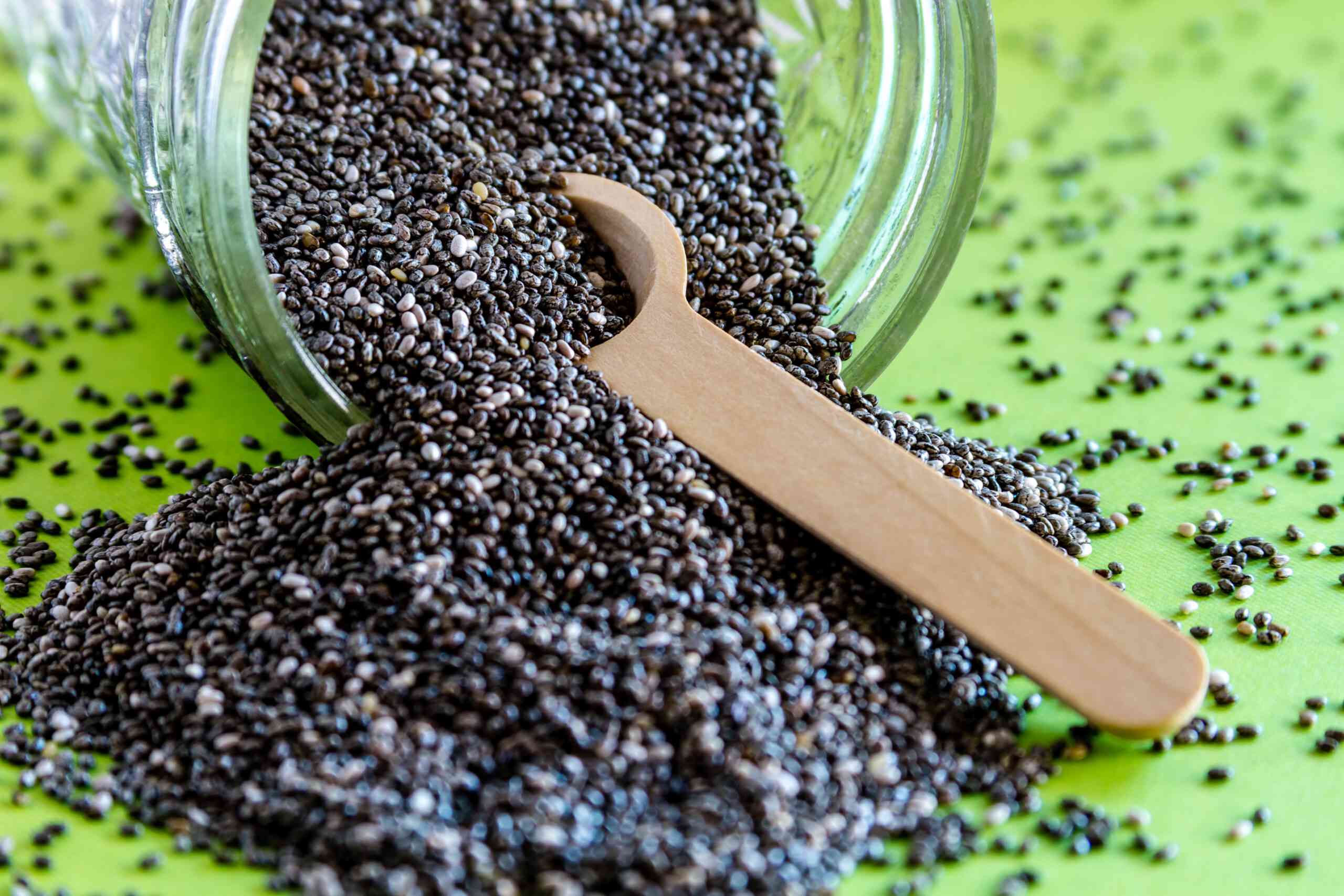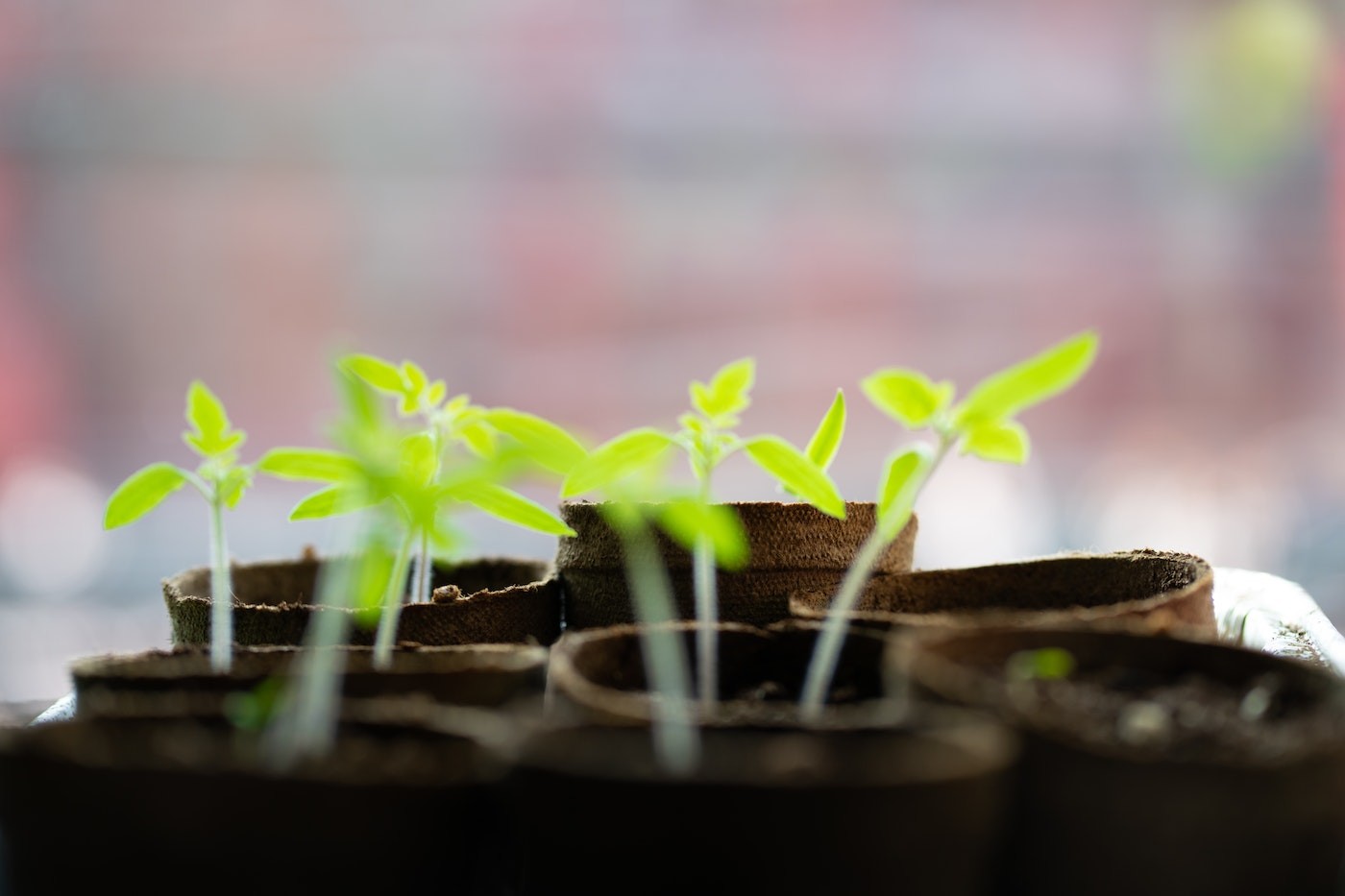Home>Types of Gardening>Edible Gardening>How Much Water Should You Give To Seedlings
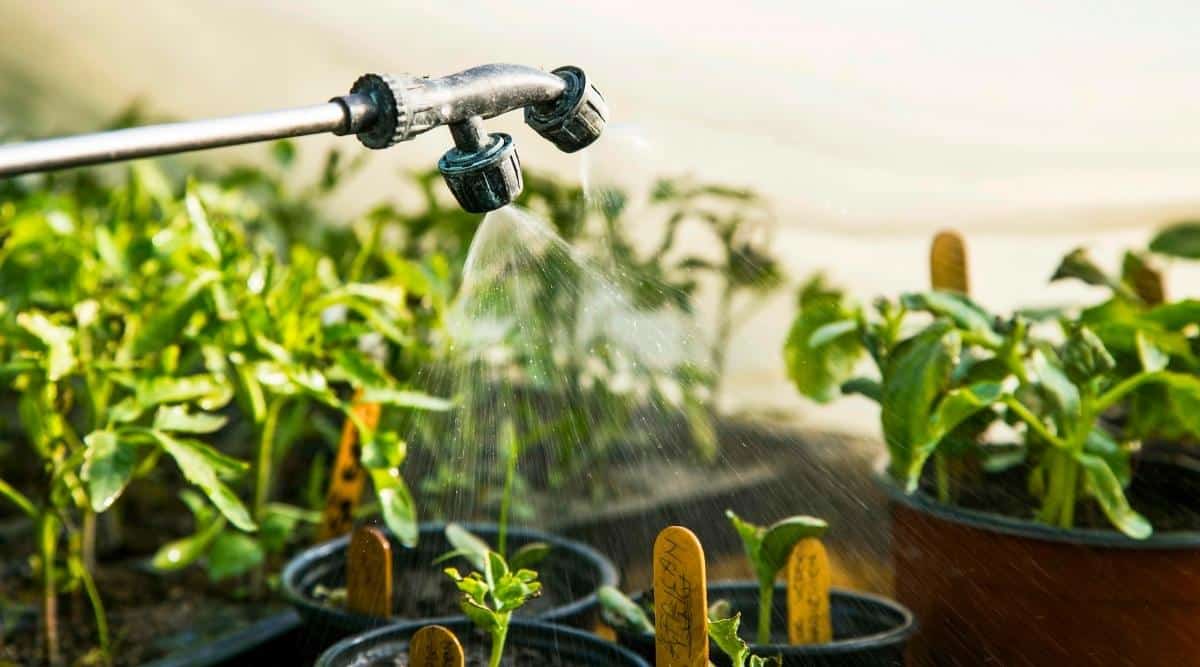

Edible Gardening
How Much Water Should You Give To Seedlings
Published: January 1, 2024
Learn the essentials of watering seedlings for your edible garden. Discover the ideal amount of water for healthy seedling growth.
(Many of the links in this article redirect to a specific reviewed product. Your purchase of these products through affiliate links helps to generate commission for Chicagolandgardening.com, at no extra cost. Learn more)
Table of Contents
**
Introduction
**
Welcome to the exciting world of edible gardening! As you embark on this rewarding journey, it's crucial to understand the fundamental needs of your seedlings, and one of the most vital elements for their growth and development is water. In this comprehensive guide, we'll delve into the essential aspects of watering seedlings, exploring the significance of proper hydration, the factors influencing water requirements, and practical tips for ensuring your seedlings thrive.
Watering seedlings is a fundamental aspect of nurturing a flourishing garden. While it may seem straightforward, the process involves a delicate balance of providing adequate moisture without overwhelming the young plants. By mastering the art of watering, you can set the stage for robust growth and bountiful harvests.
Throughout this article, we'll uncover the intricacies of watering seedlings, empowering you with the knowledge and techniques to cultivate healthy and resilient plants. Whether you're a novice gardener or a seasoned enthusiast, understanding the nuances of watering seedlings is pivotal for fostering a thriving edible garden. So, let's embark on this enlightening exploration of the role of water in nurturing vibrant and fruitful seedlings.
**
Importance of Water for Seedlings
**
Water serves as a life-giving elixir for seedlings, playing a pivotal role in their overall health and development. Understanding the significance of water in nurturing seedlings is essential for cultivating a thriving garden.
Hydration and Nutrient Absorption: Adequate water is vital for seedlings to absorb essential nutrients from the soil. Through the process of osmosis, water facilitates the transfer of nutrients into the roots, providing the building blocks for robust growth and development. Without proper hydration, seedlings may struggle to access vital nutrients, impeding their overall vitality.
Temperature Regulation: Water helps regulate the temperature of seedlings, particularly during hot weather. Through transpiration, a process where plants release water vapor through their leaves, seedlings can maintain a suitable internal temperature, preventing heat stress and dehydration.
Cellular Turgidity: The presence of water maintains turgidity in plant cells, imparting structural support and rigidity to the seedlings. This turgidity is crucial for upholding the shape and stature of the plants, ensuring they remain upright and capable of photosynthesizing effectively.
Photosynthesis: Water is an indispensable component of the photosynthesis process, where plants convert light energy into chemical energy. This transformative process relies on water to produce oxygen and glucose, fueling the growth and vitality of the seedlings.
Overall Resilience: Well-hydrated seedlings exhibit greater resilience to environmental stressors, such as fluctuations in temperature and exposure to sunlight. Proper hydration bolsters the seedlings' ability to withstand adverse conditions, fortifying them against potential setbacks.
By recognizing the multifaceted importance of water for seedlings, you can appreciate its role as a fundamental cornerstone of their well-being. Embracing the significance of water in nurturing seedlings sets the stage for a flourishing garden brimming with vitality and abundance.
**
Factors Affecting Water Needs of Seedlings
**
The water needs of seedlings are influenced by various factors, each playing a crucial role in determining the optimal hydration levels for these young plants. Understanding these factors is key to effectively managing the watering requirements of your seedlings.
1. Plant Species and Variety: Different plant species and varieties exhibit varying water needs. Some may thrive in consistently moist soil, while others prefer drier conditions. Familiarize yourself with the specific requirements of the plants you are cultivating to provide tailored watering care.
2. Growth Stage: The growth stage of seedlings significantly impacts their water requirements. During the initial stages, when the roots are developing, seedlings may necessitate more frequent, light watering to encourage root establishment. As they mature, the frequency and volume of watering may need adjustment to accommodate their evolving needs.
3. Environmental Conditions: External factors such as temperature, humidity, and sunlight exposure play a pivotal role in dictating the water needs of seedlings. Hot and dry conditions accelerate evaporation, necessitating more frequent watering, while cooler temperatures may moderate water loss.
4. Soil Composition and Drainage: The composition and drainage capacity of the soil directly influence how water is retained and distributed to the seedlings' roots. Well-draining soil allows excess water to escape, preventing waterlogged conditions that can impede root health, while heavy clay soils may retain moisture for longer periods.
5. Container Size and Material: For seedlings grown in containers, the size and material of the containers impact water retention and availability to the plants. Smaller containers may dry out more rapidly, necessitating increased vigilance in watering, while porous materials like terracotta can promote evaporation.
6. Seasonal Variations: Seasonal changes, such as shifting temperatures and daylight duration, directly influence the water requirements of seedlings. During periods of intense heat, seedlings may require more frequent watering to combat dehydration, while cooler seasons may demand reduced watering frequency.
By considering these influential factors, you can tailor your watering practices to align with the specific needs of your seedlings, fostering an environment that optimally supports their growth and vitality.
**
Determining Water Requirements for Seedlings
**
Accurately assessing the water requirements of seedlings is essential for providing them with the optimal level of hydration. By employing various methods and observations, you can gauge the specific needs of your seedlings and tailor your watering regimen accordingly.
1. Soil Moisture Monitoring: Regularly assessing the moisture level of the soil is a fundamental technique for determining the watering needs of seedlings. Use a moisture meter or simply insert your finger into the soil to gauge its moisture content. Ideally, the soil should be consistently moist but not waterlogged.
2. Visual Clues: Observing the appearance of the seedlings and the surrounding soil can offer valuable insights into their water requirements. Wilted or drooping foliage may indicate insufficient hydration, while waterlogged soil or yellowing leaves could signal overwatering.
3. Weight of Containers: For seedlings grown in containers, the weight of the pots can serve as an indicator of their water needs. Lift the containers occasionally to assess their weight; dry pots will feel significantly lighter than those containing ample moisture.
4. Root Growth: Monitoring the development of the seedlings' roots can provide guidance on their water requirements. Healthy root growth signifies an active and established root system that can efficiently uptake water, while stunted or discolored roots may indicate water-related issues.
5. Environmental Conditions: Consider the prevailing environmental factors, such as temperature and humidity, when determining the water requirements of seedlings. Hot and dry conditions accelerate water loss, necessitating more frequent watering, while cooler and humid environments may moderate their hydration needs.
6. Watering Trials: Conducting controlled watering trials can help fine-tune your approach to meeting the seedlings' hydration needs. Adjust the frequency and volume of watering based on the observed responses of the seedlings, refining your strategy to achieve an optimal balance.
By employing these methods in tandem and remaining attentive to the evolving needs of your seedlings, you can effectively ascertain their water requirements and provide them with the nurturing hydration essential for robust growth and vitality.
**
Tips for Watering Seedlings
**
Mastering the art of watering seedlings is a nuanced endeavor that requires attentiveness and care. By implementing the following tips, you can optimize your watering practices to foster the health and vigor of your burgeoning plants.
1. Consistent Monitoring: Regularly assess the moisture levels of the soil to ensure it remains consistently moist. Avoid allowing the soil to dry out completely, as this can stress the seedlings, but also prevent waterlogging, which can lead to root rot and other issues.
2. Watering Technique: Direct water at the base of the seedlings, aiming to moisten the root zone thoroughly. This targeted approach facilitates efficient water uptake and minimizes water loss through evaporation.
3. Time of Day: Water seedlings in the early morning to allow foliage to dry during the day, reducing the risk of fungal diseases. Avoid watering in the evening, as prolonged moisture on the leaves can promote fungal growth.
4. Mulching: Apply a layer of organic mulch around the seedlings to conserve soil moisture and regulate temperature. Mulch acts as a protective barrier, reducing water evaporation and shielding the roots from temperature extremes.
5. Adjusting for Seasonal Variations: During periods of intense heat, be prepared to increase the frequency of watering to accommodate the heightened water loss experienced by the seedlings. Conversely, in cooler seasons, adjust your watering schedule to align with reduced water evaporation.
6. Tailored Watering: Recognize the unique water needs of different plant species and adjust your watering practices accordingly. Some seedlings may require more frequent watering, while others thrive with less moisture, so familiarize yourself with the specific requirements of each plant variety.
7. Avoid Overwatering: While it’s crucial to maintain adequate moisture, overwatering can be detrimental to seedlings. Monitor the soil drainage and the appearance of the seedlings to prevent waterlogged conditions that can impede root health.
By integrating these tips into your watering routine, you can cultivate an environment that optimally supports the growth and vitality of your seedlings, laying the groundwork for a flourishing and abundant edible garden.
**
Conclusion
**
As you immerse yourself in the art of edible gardening, mastering the nuances of watering seedlings emerges as a foundational skill essential for nurturing vibrant and resilient plants. The journey of tending to seedlings, ensuring they receive the optimal level of hydration, is a gratifying endeavor that harmonizes scientific understanding with attentive care.
By recognizing the multifaceted importance of water for seedlings, you can appreciate its role as a fundamental cornerstone of their well-being. Water serves as a conduit for nutrient absorption, a regulator of temperature, and a catalyst for photosynthesis, underpinning the vitality and resilience of the seedlings.
Understanding the influential factors that dictate the water needs of seedlings empowers you to tailor your watering practices to align with the specific requirements of your plants. By considering variables such as plant species, growth stage, environmental conditions, and soil composition, you can orchestrate an environment that optimally supports the growth and vitality of your seedlings.
Employing various methods, from soil moisture monitoring to visual cues and watering trials, equips you with the tools to accurately determine the water requirements of your seedlings. This attentive approach enables you to provide nurturing hydration, fostering robust growth and fortitude in your burgeoning plants.
Integrating the recommended tips for watering seedlings into your gardening routine elevates your ability to cultivate a thriving and abundant edible garden. Consistent monitoring, targeted watering techniques, and adjustments for seasonal variations form the bedrock of a meticulous watering regimen that sustains the health and vigor of your seedlings.
As you embark on this enlightening exploration of watering seedlings, may your gardening endeavors be imbued with a sense of wonder and fulfillment. Embrace the art of nurturing seedlings with water, and witness the transformation of tiny, delicate plants into flourishing symbols of vitality and abundance in your edible garden.

